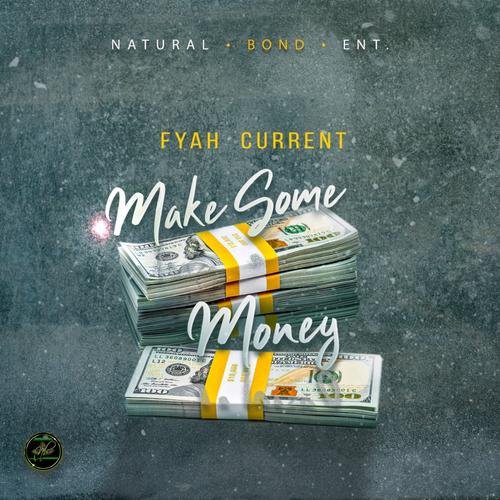Can I Make Money Making a Game?
Creating a game can be an exciting and rewarding endeavor, but the question of whether you can make money from it is a common concern. In this article, we’ll explore various aspects of game development and the potential for financial gain.
Understanding the Market
The gaming industry has seen significant growth over the years, with global revenue reaching billions of dollars. However, the competition is fierce, and not all games succeed. To increase your chances of making money, it’s crucial to understand the market and your target audience.

Research popular genres and platforms. Identify gaps in the market or areas where you can offer something unique. Consider the demographics of your target audience, such as age, interests, and preferences. This knowledge will help you create a game that resonates with players and has the potential to generate revenue.
Game Development Costs
Developing a game can be expensive, depending on the complexity and scope. Here are some common costs to consider:
| Cost Category | Estimated Cost |
|---|---|
| Development Tools | $100 – $1,000 |
| Art and Animation | $1,000 – $10,000 |
| Sound Design | $500 – $2,000 |
| Programming | $1,000 – $10,000 |
| Marketing and Distribution | $500 – $5,000 |
| Legal and Business Expenses | $500 – $2,000 |
Keep in mind that these are just estimates, and your actual costs may vary. To minimize expenses, consider using free or low-cost tools, outsourcing certain tasks, and collaborating with other developers.
Monetization Models
There are several ways to monetize your game, and the best approach depends on your target audience and game design. Here are some popular monetization models:
- Pay-to-Play: Players pay a one-time fee to download and play the game.
- Freemium: The game is free to download and play, but players can purchase in-game items or features for real money.
- Advertising: Display ads within the game, either as banners or video ads.
- Subscription: Players pay a recurring fee to access the game and its features.
- Merchandising: Sell branded merchandise, such as t-shirts, posters, and collectibles.
Experiment with different monetization models to find the one that works best for your game. It’s essential to balance the player experience with generating revenue.
Marketing and Distribution
A successful game requires effective marketing and distribution strategies. Here are some tips to help you get started:
- Build a Community: Engage with players on social media, forums, and other platforms. Create a community around your game to generate buzz and loyalty.
- Collaborate with Influencers: Partner with influencers in your target audience to promote your game.
- Press Releases: Send press releases to gaming websites, magazines, and other media outlets.
- Exhibitions and Conferences: Attend gaming events to showcase your game and network with industry professionals.
Choose the right distribution channels for your game, such as app stores, gaming platforms, or your own website. Optimize your game for search engines to increase visibility.
Success Stories
Several indie developers have achieved success and financial gain through game development. Here are a few examples:
- Cuphead: Developed by Studio MDHR, this indie game has generated millions of dollars in revenue through its pay-to-play model.
- Among Us: Developed by InnerSloth, this multiplayer


